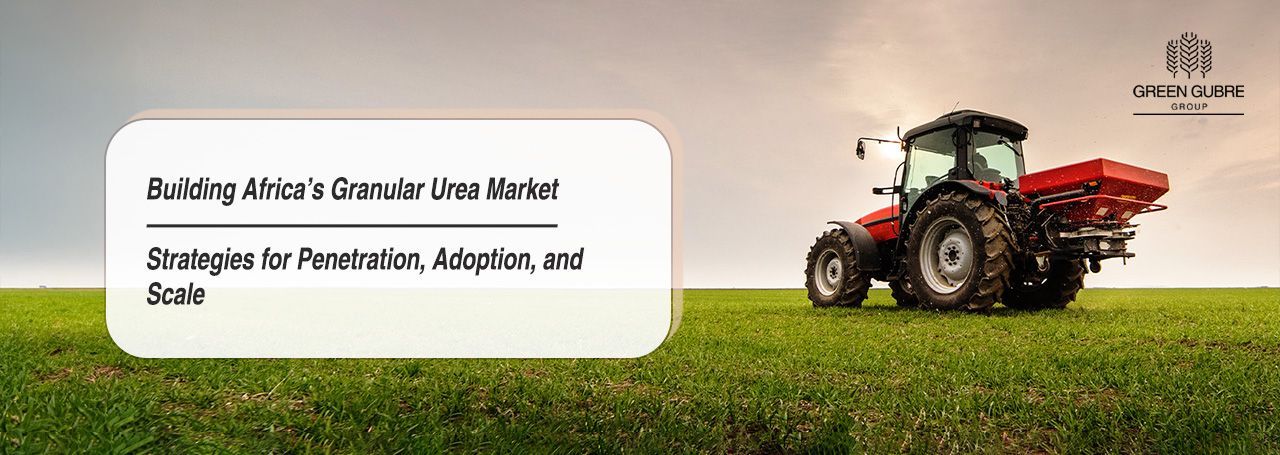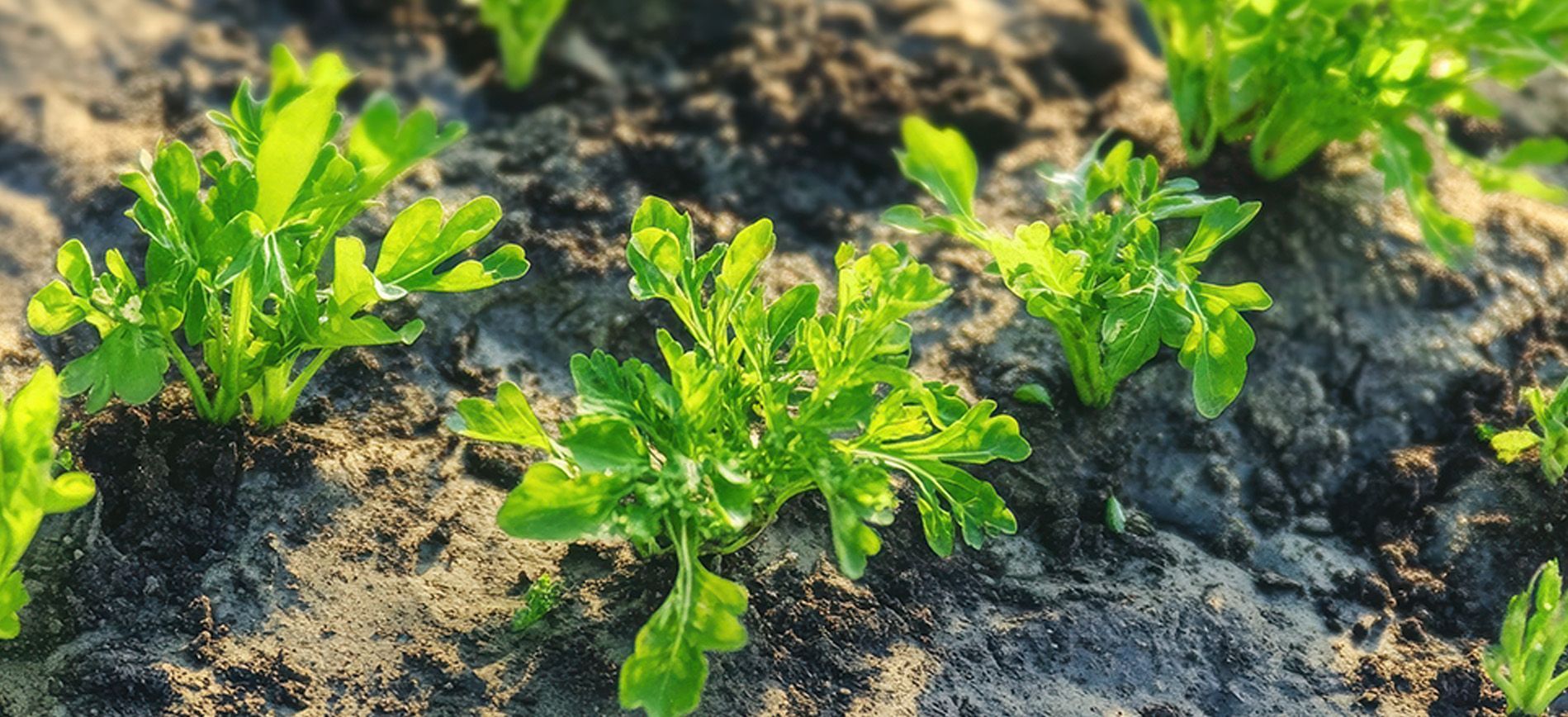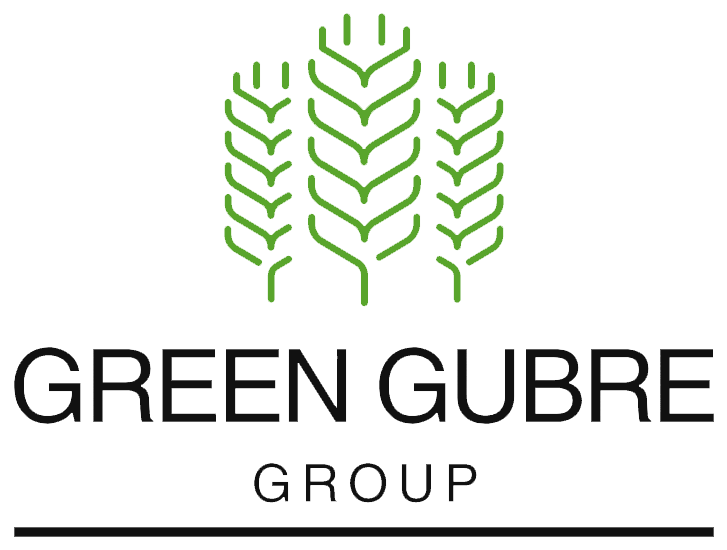Building Africa’s Granular Urea Market – Strategies for Penetration, Adoption, and Scale
Building Africa’s Granular Urea Market – Strategies for Penetration, Adoption, and Scale

Africa’s Untapped Granular Urea Potential
With its storage, application, and transport advantages, granular urea remains underutilized in many African countries. While Africa accounts for nearly 6% of global urea consumption, most of this is still prilled or low-quality product, often poorly matched to local needs.
As the continent’s agricultural ambitions grow and regional infrastructure strengthens, now is the time to scale granular urea in Africa—not only as a product but also as a logistics and agronomic solution.
1. Why Granular Urea Matters for Africa
Granular urea offers a critical edge in Africa’s diverse farming environments:
- Improved Handling: Less dust, reduced caking in humid climates.
- Mechanization Compatibility: Suitable for spreaders and precision tools in emerging commercial farms.
- Logistics Friendly: More stable in transport over long distances and poor roads.
- Higher Shelf Life: Ideal for regions with weak storage and extended supply chains.
This makes it ideal for
government procurement programs and
private sector distribution in Nigeria, Kenya, Ghana, Ethiopia, and Tanzania.
2. Market Priorities: Where and How to Position
West Africa:
- Target Crops: Maize, rice, sorghum
- Countries: Nigeria, Ghana, Côte d’Ivoire
- Strategy: Align with national fertilizer subsidy programs (e.g., Nigeria’s NSIA/PFI), which are upgrading from prilled to granular formulations.
East Africa:
- Target Crops: Tea, coffee, vegetables
- Countries: Kenya, Ethiopia, Rwanda
- Strategy: Partner with agrodealer networks and input cooperatives, promoting higher-quality fertilizer.
Southern Africa:
- Target Crops: Tobacco, maize, soybeans
- Countries: Zambia, Malawi, Zimbabwe
- Strategy: Target commercial farms via agribusiness groups and offer flexible volume pricing.
3. Packaging, Positioning, and Promotion
African fertilizer buyers range from large agro-processors to smallholders buying 5–10 kg bags at rural kiosks. Tailoring your granular urea offer matters.
Best Practices:
- Offer multiple SKUs: 5kg, 25kg, 50kg.
- Promote moisture-resistant packaging with clear labeling in local languages.
- Bundle with crop-specific guides: dosage, timing, and co-application with NPK or ammonium sulfate.
- Launch
demo plots with NGOs or agribusinesses to show yield impact.
Tip: Use radio, SMS, and WhatsApp channels for rural awareness campaigns.
4. Distribution Partnerships: Moving Beyond Port Delivery
Granular urea’s logistics advantage must translate into regional access. Align with organizations already in the field:
- Bulk Procurement Programs: Work with ECOWAS, COMESA, and SADC regional initiatives.
- Local Distributors & Blenders: Sell bulk or bagged product to companies blending NPKs or bundling crop inputs.
- PPP Projects: Collaborate with IFDC, AGRA, or OCP Africa on last-mile logistics and training.
5. Competing on Value, Not Just Price
While price sensitivity remains high, granular urea’s value proposition should be highlighted:
- Reduced losses due to caking
- More uniform field application
- Less wastage and better NUE (nitrogen use efficiency)
- Lower transport and handling costs per ton in bulk shipments
Offer cost-benefit comparisons to buyers used to pricing alternatives.
6. Regional Trends and What to Watch
- Nigeria: Increasing import demand for granular urea as private sector distribution expands.
- Kenya: National Fertilizer Subsidy Program expected to expand eligibility to granular urea in 2025.
- Ghana: New logistics corridors via Tema and Takoradi ports improve access to inland fertilizer markets.
- Ethiopia: Strong government interest in shifting from prilled to granular due to better storage stability.
Conclusion: Granular Urea Is Africa’s Next Fertilizer Frontier
With the right mix of technical positioning, smart logistics, and localized packaging, granular urea can move from a niche option to a mainstream solution across African agriculture.
The opportunity lies in educating farmers and institutions about its benefits, backed by trials, logistics readiness, and pricing flexibility. Companies that invest in early adoption and ecosystem partnerships will gain market share and trust.




